



“Hello, I’m Riz Lateef. Tonight our top story: Instagram travel-star Amber Hinton is missing in Indonesia. Initial reports suggest she has been kidnapped by an ISIS faction operating in the region. We’ll have more on that after the headlines.”
In 2014 Amber Hinton left a lucrative job in finance to follow her ‘dream’ of travelling the world. Like many young women she recognised the potential inherent in her looks; she had an ability to tap into veins of social media, and grasped the appeal for people to ‘follow’ in her footsteps. Educated, professional and dedicated she began by surveying Twitter and Instagram; filtering by hashtags she categorised countries by cultural capital (aka likes, retweets, comments) and then cross referenced with existing coverage. Logic followed that if Thailand was hot right now it might not be hot in a year’s time. Novelty and newness would be essential to getting a foothold in the market.
After months of post-work spread-sheeting, Amber was ready. At a brunch with friends she introduced a mood-board and sales-pitched her new life. I say mood-board, but really I mean a highly aestheticised business strategy. She’d categorised hundreds of travel lifestyle pics and identified core principles of success. With Google Analytics she’d examined the lifespan of a hashtag. She’d reviewed where successful Instagram travellers had been, which countries were oversaturated and which were primed to explode. She’d mapped a route, ensuring a balance between city, beach and country, simultaneously factoring in cost efficiency. She’d prototyped a website and employed a graphic designer to mock up a look and feel for her personal ‘brand identity’. She’d run financial predictions, how long her start-up capital would last, how she expected to turn a profit through funding websites, travel blogging, and eventually as an advertising service for hotels and travel companies.
It was, in short, a stunning piece of work. If Amber had been inclined towards the monastic life of a PhD researcher, she could have turned it into four years paid writing, then subsequently taught her findings at Oxbridge without ever leaving the UK.
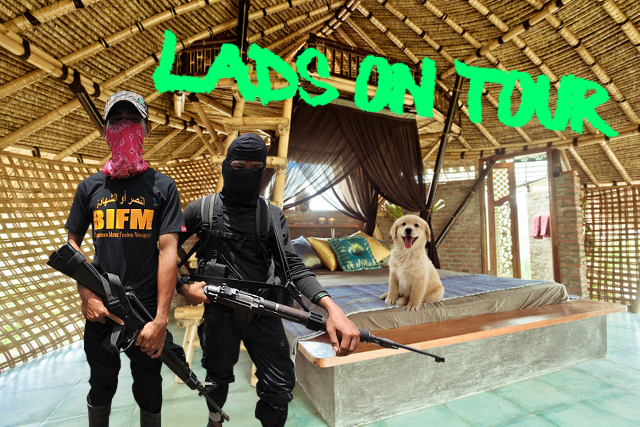
With her friends’ enthusiasm and her parents’ consent Amber left for Italy. Between 2014 and 2017 she travelled across the world, first moving in small steps, from Italy to Slovenia, to Bulgaria and Turkey. From Turkey she jumped around the Middle East and North Africa, avoiding conflict zones and skipping countries whose religious codes might frown upon her displayed body. Everywhere she went she befriended new contacts to utilise, chic twenty-somethings who’d invite her to their parents’ villas, rich bankers who’d get her into rooftop parties. Courting the cultural elite was vital; she didn’t have the financial reserves to fund a lavish lifestyle, but she could enter those worlds and achieve an image of effortless glamour.
By the time she reached the Moroccan coast she’d amassed over 75K followers. Enough to be on the radar of international PR girls. Invitations started flying in: five star luxury hotels and exotic adventures. Whilst sipping alcohol-free cocktails and bronzing her skin, she strategised her next move.
She flew to Malta, then across the Atlantic, island-hoping round the Caribbean. In America she visited boutique ranches and hunted down bohemian culture. Down to Mexico, then South America, a perfect blend of high class living and poverty porn. From South America she crossed the Pacific, stopping in at Hawaii on the way, then modern China and finally, in early 2017, Indonesia.
The world first knew something had gone wrong for Ms Hinton was when she posted a unusual message on Twitter. For three days she’d been five star eco-glamping in the rain-forested hills of Lombok, swimming in waterfalls, taking selfies with monkeys and then suddenly:
@amber_abroad
I heard a gun shot! What do I do! HELP HELP HELP
Minutes later a second tweet followed:
@amber_abroad
They said my name, tell me parents I love them
Within minutes a storm of activity was echoing around the Twitter-sphere and #saveamber was the number one trending topic on social media. Facebook campaigns began and Indonesian public officials were receiving flak from latte drinking yuppies in North London. By the second day the Foreign Office had publicly announced that British tourists in Indonesia were advised to leave the country immediately. Typically slow to respond, but then absolutely committed, ISIS announced that Ms Hinton’s abduction had been orchestrated by them, despite it obviously being carried out by a unassociated cell with little to no connection with the upper echelons. For three consecutive days BBC Breakfast News dedicated a half hour to the unfolding crisis; they even flew Naga Munchetty out to Bali to goad tourists into overreactions.
Five days of media fixation were followed by a week of not giving a damn; then out of the blue something very odd began to happen. Instagram accounts operating out of the Indonesian and Philippine ISIS territories started taking on a much more aesthetically sensitive tone. Poorly photoshopped images were replaced with a wave of creative shots. Against verdant jungle foliage, handsome young fighters were pictured topless, sweat glistening on their ripped pecks, rifles casually held over their shoulders. Puppies were photographed wrapped in ISIS flags. Trope travel images, ‘everyone jumping on the beach together’ and ‘girl leading boy’, were bastardised into calls to martyrdom.
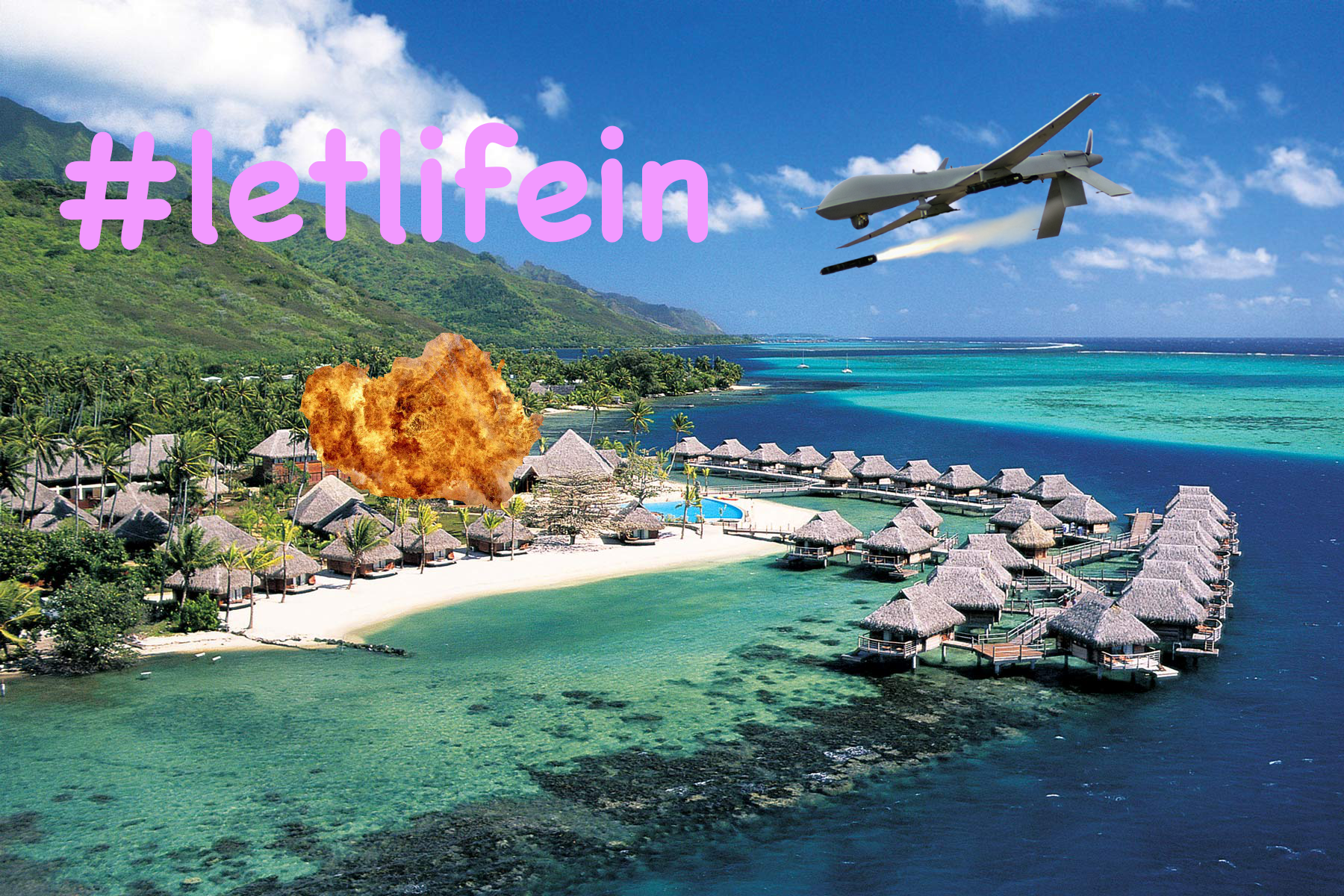
At first Amber’s family was relieved; their daughter was alive and communicating with the world. Security services reassured them that eventually she would reveal her position, then they’d be able to plan her rescue. Weeks developed into months and still it seemed Amber was so tightly under the thumb of her captors that she couldn’t encode a message. All they could do was watch her PR strategy unfold.
Back home Theresa May used the crisis to spearhead her personal campaign against social media giants and internet freedoms. “By doing nothing, Instagram encourages ISIS”. In truth they were shutting down hundreds of accounts each day and actively handing data to the NSA and GCHQ.
By the time a video appeared online, ‘Amber’s Top 5 Tips For The Perfect Jihadi Pic’, Theresa had reached her line in the sand. Co-ordinating with the Indonesian President Joko Widodo, Ms Hinton was marked a priority target. If and when they had a lock on her location, an American drone would strike.
The final Instagram post attributed to Ms Hinton was posted on the 25th of June 2017.
For three weeks MI6 had been working in close communication with Indonesian intelligence officials to triangulate her location, scrutinising every post for a telltale clue. Eventually it was a sun umbrella that gave her away; its pattern of red and yellow stripes was attributed to a hotel on a recently occupied island. The post was confirmed as being a Amber original due to her characteristic use of the Juno filter and the Smiling Cat Face With Heart-Eyes emoji.
Amber’s parents were never told the truth about their daughter’s death. Several months afterwards a nice man from the intelligence services told them they believed ISIS had killed her, citing a lack of posts as evidence. Communications were falsified when they demanded proof. They were never shown the photos of her charred scalp, or the one of her left foreleg on the beach; it’d be blown clean clear of the hotel. In the end only a few people, in secret rooms, ever saw the evidence. None of the photos ever made their way online.
MOVABLE BORDERS: THE REPOSITION MATRIX workshop
organised by Dave Young
Saturday 18 May 2013, 1-5pm
BOOKING ESSENTIAL. Please register with Alessandra.
The devices that once populated the creepy dystopian futures of science fiction have broken through into our daily reality.
Drones of dozens of different types are becoming a part of everyday life. They scout our public (and private) spaces, carrying out surveillance or reconnaissance in the service of nation states and as unmanned robotic tools, armed with missiles and bombs, acting in defence of “national security”.
According to a European commission document drones will be commonplace in the skies within a decade. There are already many companies building these airborne, robotic spies for military and police use and this has “prompted concerns from civil liberties groups, who fear that the unmanned aircraft will result in more forms of surveillance.” [1]
During the three weeks of Movable Borders: Here Come the Drones! people are invited to view artworks and join a workshop by artists who are contemplating how drones are changing the way we see and relate to each other and the world around us.
Artworks and projects by Bureau of Inverse Technology (US & AU), Lawrence Bird (US), Patrick Lichty (US), Dave Miller & Gavin Stewart (UK), The Force of Freedom (NL) and Dave Young (NL).
Bit Plane by Bureau of Inverse Technology (Natalie Jeremijenko and Kate Rich) is an early artistic reflection on the relation between technology and surveillance and, as such it can be seen as a precursor to the emerging DIY surveillance video enabled by the new availability of drones. The bit plane is a radio-controlled model airplane, designed by the Bureau and equipped with a micro-video camera and transmitter. In 1997 it was launched on a series of sorties over the Silicon Valley to capture an aerial rendering. Guided by the live control-view video feed from
the plane, the pilot on the ground was able to steer the unit deep into the glittering heartlands of the Information Age.

Parallel by Lawrence Bird uses Google Earth to track the 49th parallel, i.e. the prairie border between Canada and the United States. The digital projection invites open interpretations: it is a film about parallel countries; parallel modes of imaging and imagining; parallels between political, technical and visual territories. Obvious digital anomalies in the video, caused by satellite interference, allow for further speculation and imaginative readings.
The Private Life of a Drone by Patrick Lichty is a video travelogue recorded by flying video drones, exploring the area surrounding the Virginia Center for the Creative Arts in Amherst, Virginia (US).
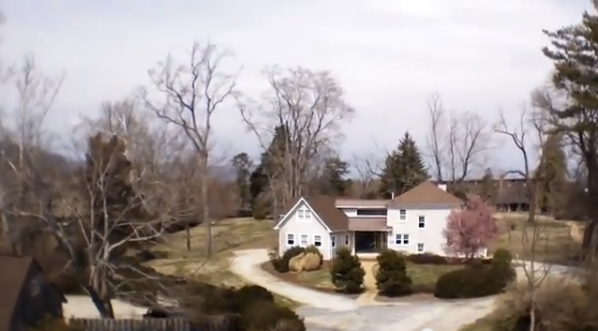
Lines by Dave Miller and Gavin Stewart draws on an emergent cultural interest in drones to explore related issues around privacy, mediation, power, security, morality, legality and others in all aspects of contemporary life. Lines aims to encourage and affect public debate.
TELEWAR is a book and video collaboration between Dave Young and The Force Of Freedom collective. The project tries to make some sense of the uses, effects and developments of the new warfare technologies, like military drones, through the analysis of news reports, military drone culture, drone speak and network theory.
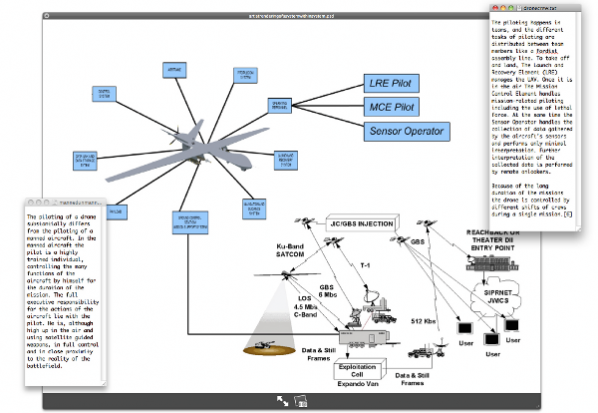
Movable Borders – The Reposition Matrix by Dave Young provides the central installation and information resource of the exhibition.
In a post-national age, where “territorial and political boundaries are increasingly permeable”[2], what has become of the borderline? How is it defined, and what technologies are used to control it?
Movable Borders is an ongoing research project that begins to explore possible answers to these questions through facilitating discussions around the ‘reterritorialisation’ of the borderline in the information age.
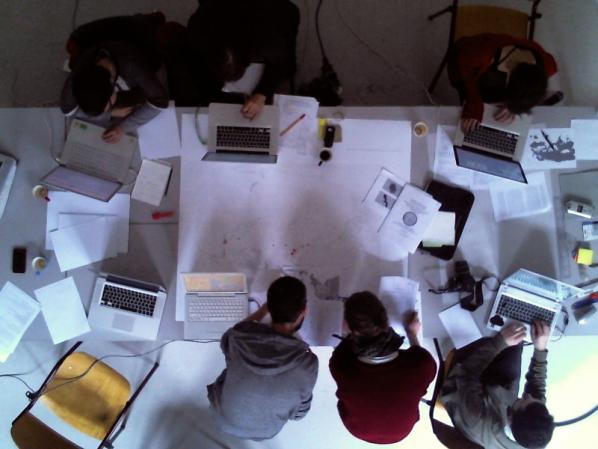
The Reposition Matrix aims to reterritorialise the drone as a physical, industrially-produced technology of war through the creation of an open-access database: a ‘reposition matrix’ that geopolitically situates the organisations, locations, and trading networks that play a role in the production of military drone technologies.
Alongside the installation Dave Young will be holding a workshop on the subject of drones on Saturday 18 May, 1-5pm – BOOKING ESSENTIAL. More info here.
Lawrence Bird
Lawrence Bird is a designer, instructor and writer with an interest in cities and their image. He has trained in architecture (B.Arch), social sciences and urban design (MSc), and history and theory of architecture (PhD). He has recently completed the SSHRC-funded postdoctoral project Beyond the Desert of the Real, based in Winnipeg, Canada. The project focused on desolate urban sites, elicited visual narratives from city residents and graduate students of architecture in response to them, experimented with representations of the city based on these narratives, and used these strategies as points of departure for urban design and urban landscape proposals. Lawrence also makes films, and is currently developing a hybrid film and animation project WPG_POV.
Bureau of Inverse Technology
The Bureau of Inverse Technology (aka BIT) is an organisation of artist-engineers whose stated aim is to be an information agency servicing the “Information Age”. Bureau engineers are involved from design to deployment and documentation of radical products based on commercially available electronic entertainment components such as cameras, radios, networks, robots, sensors, etc. Though its work has long been publicly available, the composition of the Bureau itself is shrouded in some mystery, for some years cloaking its identity in anonymity. In 2004 the Bureau initiated a “retreat from anonymity” when radio journalist and BIT co-founder Kate Rich took up a three month Research Fellowship at Piet Zwart Institute for Media Design Research, Rotterdam in 2004. Current Bureau products include BIT Radio, Feral Robotic Dogs and the Despondency Index.
Patrick Lichty
is a technologically-based conceptual artist, writer, independent curator, animator for the activist group The Yes Men, and Executive Editor of Intelligent Agent Magazine. He began showing technological media art in 1989, and deals with works and writing that explore the social relations between us and media. Venues in which Lichty has been involved with solo and collaborative works include the Whitney & Turin Biennials, Maribor Triennial, Performa Performance Biennial, Ars Electronica, and the International Symposium on the Electronic Arts (ISEA). Patrick also works extensively with virtual worlds, including Second Life, and his work, both solo and with his performance art group Second Front, has been featured in Flash Art, Eikon Milan and ArtNews. He is also an Assistant Professor of Interactive Arts & Media at Columbia College Chicago, and resides in Baton Rouge, LA.
Dave Miller
Dave Miller is a South London based artist and currently a Research Fellow in Augmented Reality at the University of Bedfordshire. Through his art practice Dave draws out the invisible forces that make life difficult. His work is about caring and being angry as an artist. His art enables him to express feelings about the world, to attempt to explain things in a meaningful, yet subjective way, and make complex information accessible. Recurrent themes in his work are: human stories, injustices, contentious issues and campaigning. Recently he has been very bothered by the financial crisis.
Gavin Stewart
Gavin Stewart is Lecturer in Digital Media at the University of Bedfordshire, poet and writer. He is the current convener of the Interactive Media Group. His research interests are the aesthetics of digital texts and the impact of corporate digital media on our understanding of community. Gavin is course leader in BA Media Production and currently teaches units in Media and Cyberculture and Print, Culture and Technology at MA Level. Gavin is is also the co-organiser of the Playful Paradox mini-festival, the End of Journalism conference and the Under the Mask: Perspective on the Gamer conference series.
The Force Of Freedom
The Force Of Freedom is a Rotterdam based collective founded by Micha Prinsen and Roel Roscam Abbing in 2009. In their work they react critically but playfully to new emerging technologies and developments on the internet.
Dave Young
Dave Young is an artist, musician and researcher currently studying the Networked Media course at the Piet Zwart Institute in Rotterdam (NL). His research deals with the Cold War history of networked culture, exploring the emergence of cybernetic theory as an ideology of the information age and the influence of military technologies on popular culture.
Furtherfield Gallery
McKenzie Pavilion, Finsbury Park
London N4 2NQ
T: +44 (0)20 8802 2827
E: info@furtherfield.org
Furtherfield Gallery is supported by Haringey Council and Arts Council England.